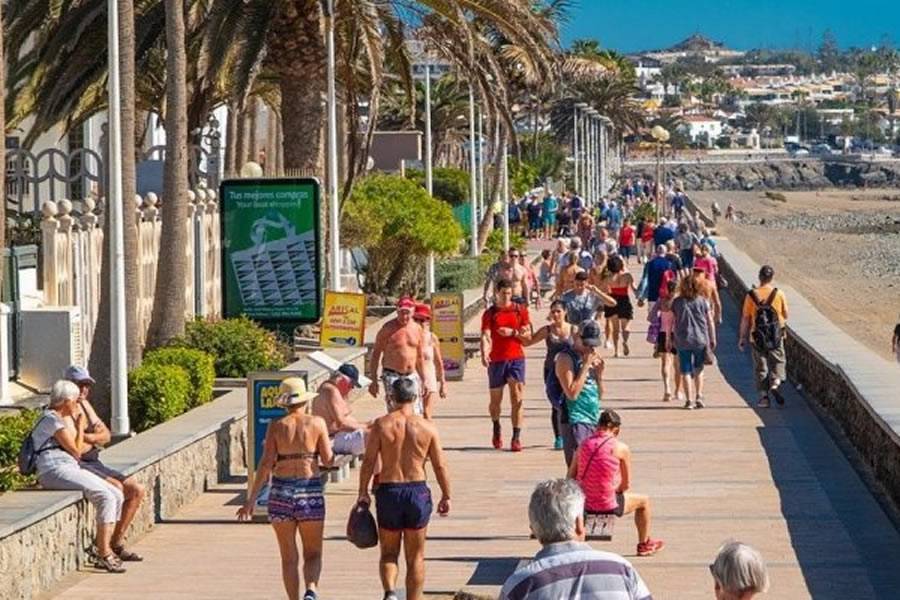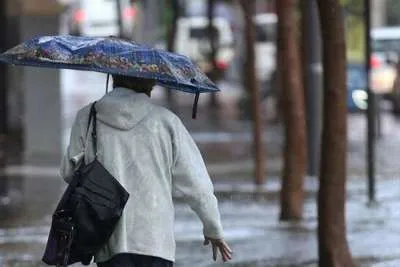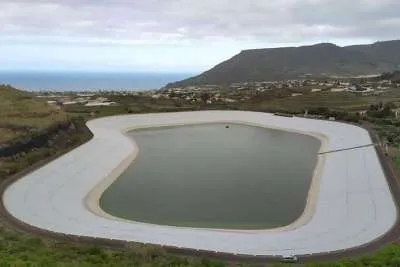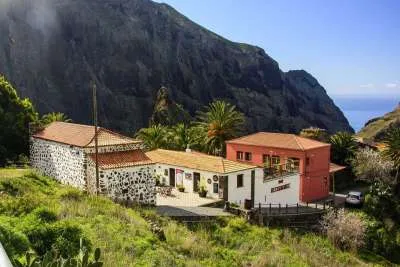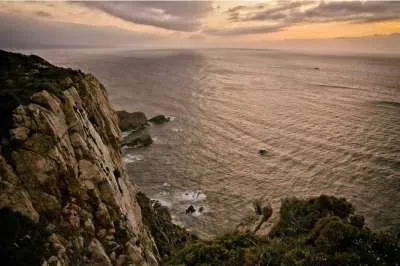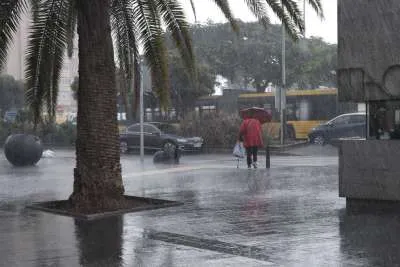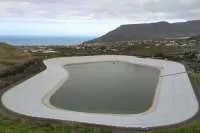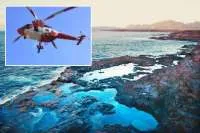Tourism recovery is being held back by Nordic countris who are reluctant to travel
- 31-05-2022
- Business
- Canarian Weekly
The tourism sector in the Canary Islands is fast on the road to recovery after two years of Covid, however, not all issuing markets are returning at the same speed and affect each island in a different way depending on market share.
Undoubtedly, the Nordic tourists, from Norway, Sweden, Denmark, and Finland, are the most reluctant to travel and are the slowest recovering market for the Canary Islands.
390,908 tourists from these countries visited the Canary Islands in the first quarter of the year up until the end of March, which is 42% less than in 2019, when they amounted to 679,511, according to data from Frontur.
The weight of this market in Gran Canaria has slowed down tourism recovery on the island, as according to AENA, tourists from these countries are still almost 50% below 2019 this year so far between January and the end of April.
The proximity of the war with Ukraine and the loss of connectivity during the pandemic are the main reasons being blamed for the decline in this market, with only 95,261 tourists from Norway visiting Gran Canaria in the first four months of the year, almost 40% less than the 155,965 before Covid.
As for the Swedish, 82,970 were recorded in the same period compared to 155,070 in 2019, almost 50% less, and 38,287 Finnish so far this year compared to the 77,102 that came before Covid.
Analysis by islands of the tourism sector:
German tourism also shows a considerable drop compared to 2019. Until April, 262,921 arrived on the island, 30% less than the 375,590 in 2019.
Gran Canaria has seen the greatest drop with respect to pre-pandemic figures, and is still only 23% of 2019. Until April, just over a million visitors arrived on the round island compared to 1.4 million in 2019, which is 326,927 fewer than before Covid.
In Lanzarote, the arrival of tourists is 15.3% away from returning to 2019 figures, when 863,328 people arrived. The difference in the accumulated total is 132,543 people.
Fuerteventura is seeing similar figures, with the difference to pre-Covid figures of 13.4%, which means 90,881 foreign visitors less than the 678,283 in 2019.
Tenerife is the island that has recovered the best thanks to the British. It is only 11% away from having the same figures as in 2019. In the first four months of the year, 1.6 million tourists arrived compared to the almost 1.8 million achieved in 2019.
The falls registered in the Nordic, German, and to a lesser extent, the British markets, have been offset by the rises experienced by other markets, such as the French and Dutch. In Gran Canaria alone, the former grew by almost 42% up to April, with 25,516 passengers, and the latter by nearly 20%, to 85,470.


